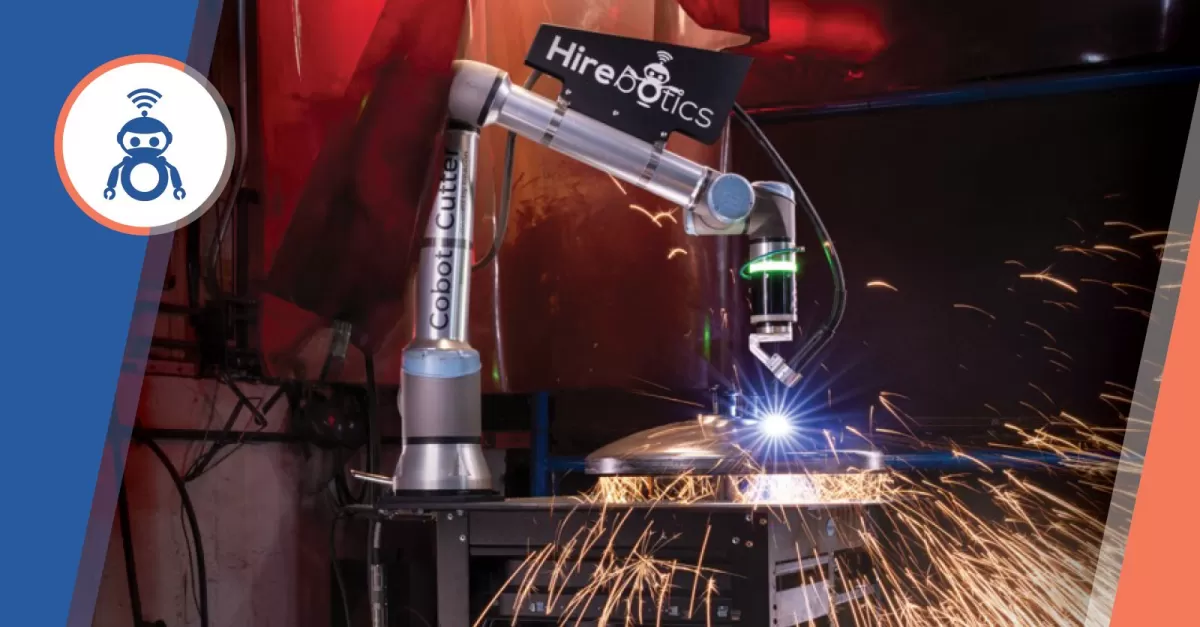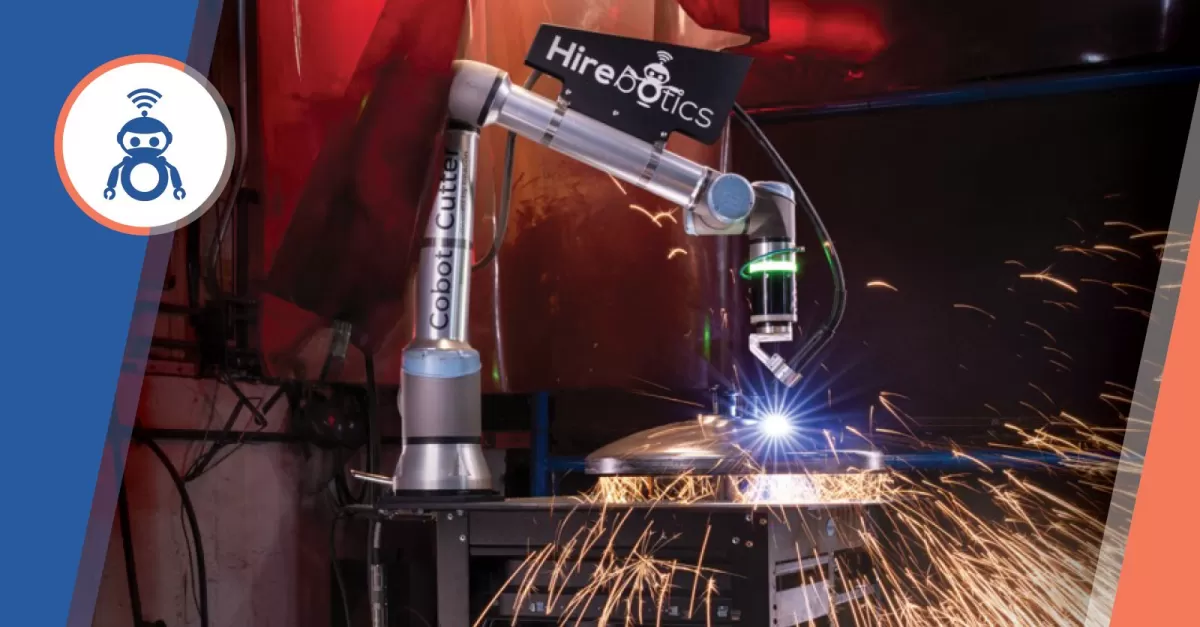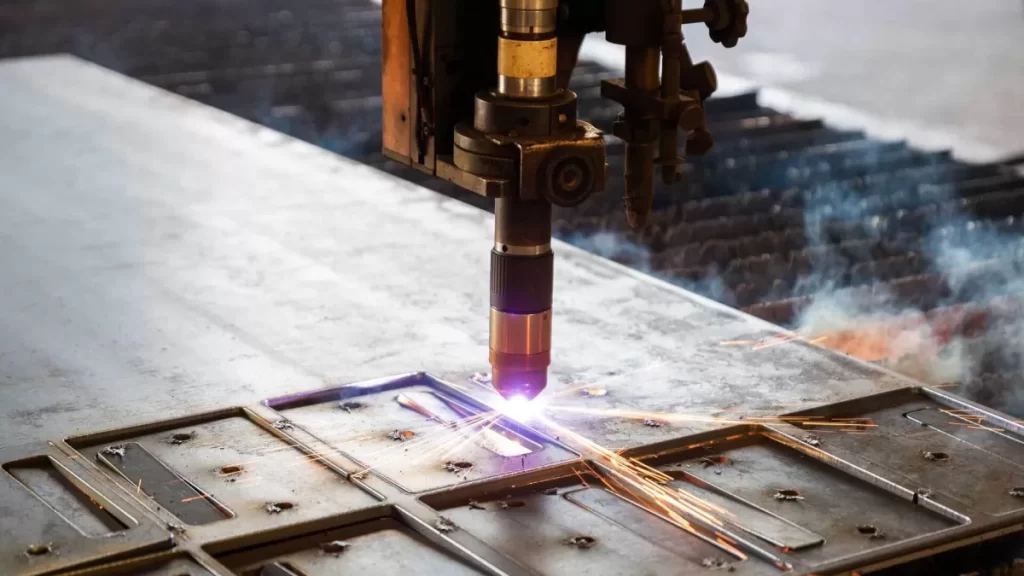What is Plasma Cutting
Plasma cutting is a metal cutting process that uses a plasma torch to cut through electrically conductive materials such as steel, aluminum, and brass. At its core, plasma cutting relies on a high-speed jet of ionized gas—known as plasma—that heats and melts the metal while an electric arc directs this molten metal away from the cut.
The process begins by creating an electric arc between an electrode inside the torch and the metal workpiece. This arc ionizes the compressed gas, turning it into plasma with extremely high temperatures. The plasma jet melts the material along the cutting line, producing precise and clean cuts.
Plasma cutting technology has evolved significantly since its invention in the 1950s. Early machines used simple air plasma torches, but today’s CNC plasma cutting systems offer advanced control, higher power outputs, and expanded material capabilities. This continuous innovation has made plasma cutting a preferred choice in industrial manufacturing and DIY metal fabrication.
Benefits of Plasma Cutting for Industrial and DIY Projects

Plasma cutting offers major benefits whether you’re working on industrial metal fabrication or a DIY project at home. It’s fast, precise, and versatile, letting you cut through various conductive metals like steel, aluminum, and brass with ease. Compared to other cutting methods like laser cutting and oxy-fuel cutting, plasma is often more cost-effective and easier to use for a wide range of thicknesses.
Here’s why plasma cutting stands out:
- Speed: Cuts metal quickly, reducing project time.
- Precision: Produces clean, accurate cuts with minimal finishing.
- Versatility: Suitable for different metals and thicknesses.
- Cost-effectiveness: Lower equipment and operating costs than laser systems.
When comparing, laser cutting might offer finer detail but comes at a higher price and slower speeds for thick metals. Oxy-fuel cutting works well on very thick steel but struggles with non-ferrous metals and thinner materials. Plasma cutting hits a sweet spot for many applications.
Plasma cutting is widely used in:
- Metal fabrication shops
- Automotive repair and customization
- Aerospace component manufacturing
- Artistic metalwork and sculptures
- DIY projects like home repairs and custom builds
For professional precision and reliability, HYCNC offers advanced CNC plasma cutting services tailored to local businesses and makers. Their expertise ensures fast turnaround and high-quality results, making them an excellent choice for your plasma cutting needs.
Key Features to Look for in Plasma Cutting Equipment
When choosing plasma cutting equipment, some key features make a big difference in performance and ease of use.
-
Power Output
Look for machines with at least 80 amps of power. This gives you good cutting capacity on various metals. Dual voltage support (110V and 220V) is a bonus, letting you use the cutter in more places without special wiring.
-
Pilot Arc and Air Compressor
A pilot arc helps start the cut without touching the metal directly, which means better cuts on rusty or painted surfaces. Make sure your machine either includes an air compressor or works well with one—you need clean, dry air for the best plasma cutting results.
-
Clean Cut Capabilities
Choose equipment designed for smooth, precise cuts with minimal slag or cleanup. Look for specs and customer reviews mentioning clean edges and minimal dross.
-
Portability and Durability
Especially for job sites, portability matters. Machines like the Everlast Tomahawk 1000 are known for being rugged yet easy to carry. Consider weight, handle design, and how tough the housing is to handle rough conditions.
-
Safety Features and Consumables
Good plasma cutters include safety features like automatic shutoff and proper insulation. Also, check what consumables come with the unit—quality nozzles and electrodes make a big difference in cutting performance and cost over time.
By focusing on these features, you’ll get plasma cutting equipment that’s powerful, reliable, and ready for both shop and job site work.
Why Choose HYCNC for Plasma Cutting Services
At HYCNC, we offer top-notch CNC plasma cutting services built for precision and efficiency. Whether you have a small custom job or a large-scale industrial project, our advanced plasma cutter machines deliver clean, accurate cuts every time. We specialize in serving a range of industries including construction, automotive, metal art, and fabrication, providing customizable solutions tailored to your specific needs.
Our commitment to quality means fast turnaround times without compromising on precision. Plus, we offer competitive pricing, making professional plasma cutting accessible for both business and DIY projects. If you’re looking for reliable plasma cutting technology backed by expert support, HYCNC is your go-to partner.
Ready to elevate your metal fabrication project? Contact HYCNC for a quote and experience the difference precision CNC plasma cutting makes.
Explore our comprehensive services including tube cutting for more specialized projects: Tube Cutting Services
Plasma Cutting Safety Tips and Best Practices

When working with plasma cutting, safety should always come first. Here are the essentials to keep you protected:
- Wear safety gear: Use flame-resistant gloves, proper eye protection like welding goggles or a face shield, and long sleeves to protect your skin from sparks and UV radiation.
- Ensure good ventilation: Plasma cutting produces fumes and dust. Work in a well-ventilated area or use a fume extractor to keep the air clean.
- Proper grounding: Always ground your plasma cutter correctly to avoid electrical shocks and equipment damage.
- Air compressor care: Regularly maintain your air compressor by checking filters and moisture traps to ensure clean, dry air for a sharp, consistent cut.
For your plasma cutting equipment, keep these maintenance tips in mind:
- Clean nozzles and electrodes frequently to prevent poor arc performance.
- Inspect consumables often and replace worn parts to maintain cut quality.
- Store your plasma cutter in a dry, safe place to avoid rust and damage.
Following these best practices keeps your plasma cutting smooth, safe, and reliable every time.
Plasma Cutting vs Other Cutting Technologies
When deciding between plasma cutting and other cutting methods, it’s key to understand what each offers in precision, cost, and material limits.
Laser cutting shines with high precision and very clean edges, ideal for thin metals and detailed work. But lasers can be pricey and slower on thicker metals.
Oxy-fuel cutting works great for very thick steel, but it only cuts ferrous metals and isn’t as precise as plasma cutting or laser. It also produces more heat, which can affect the metal’s integrity.
Plasma cutting offers a smart balance:
- Cuts faster than laser for medium-thick metals
- Works on a wide range of conductive materials like aluminum, steel, brass
- Cost-effective compared to laser, especially for thicker metals
- Delivers clean cuts with good precision for most industrial and DIY needs
At HYCNC, we help clients pick the best cutting method based on your project specifics. Whether it’s high-precision parts or large-scale metal fabrication, our experience ensures you get quality results on time and on budget.
FAQs About Plasma Cutting
What materials can you cut with a plasma cutter?
Plasma cutting works best on conductive metals like steel, stainless steel, aluminum, brass, and copper. If it conducts electricity, a plasma cutter can probably handle it.
What is the maximum thickness plasma cutting can handle?
Most plasma cutters handle metal thickness from 1/8 inch up to about 1 inch for clean cuts. Heavy-duty industrial models can cut thicker metals, sometimes over 2 inches, but accuracy drops as thickness increases.
How much does a plasma cutter cost?
Entry-level plasma cutter machines for DIY projects in the U.S. can start around $300 to $600. Professional or CNC plasma cutting machines, like those from HYCNC, cost much more depending on features and power—often several thousand dollars.
Can plasma cutting be used for precision work?
Yes, especially with CNC plasma cutting services like HYCNC’s, you get high precision cuts ideal for industrial and detailed metal fabrication.
Is plasma cutting safe for beginners?
With proper safety gear and following recommended practices, plasma cutting is safe to use. Beginners should be cautious and well-informed about safety rules.
How fast is plasma cutting compared to other methods?
Plasma cutting is generally faster than oxy-fuel cutting and can compete with laser cutting for many metals, especially thicker ones, making it efficient for both industrial and DIY projects.
If you want more advice on choosing the right plasma cutting service or equipment, contact HYCNC for expert guidance tailored to your project.

